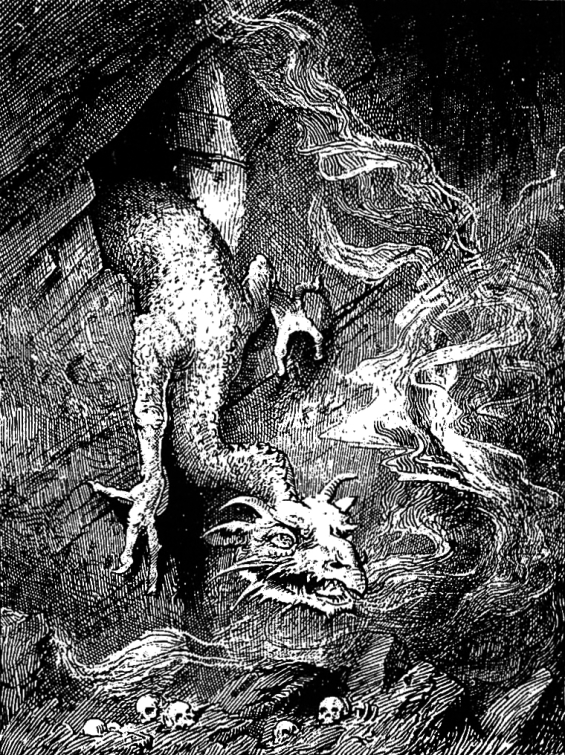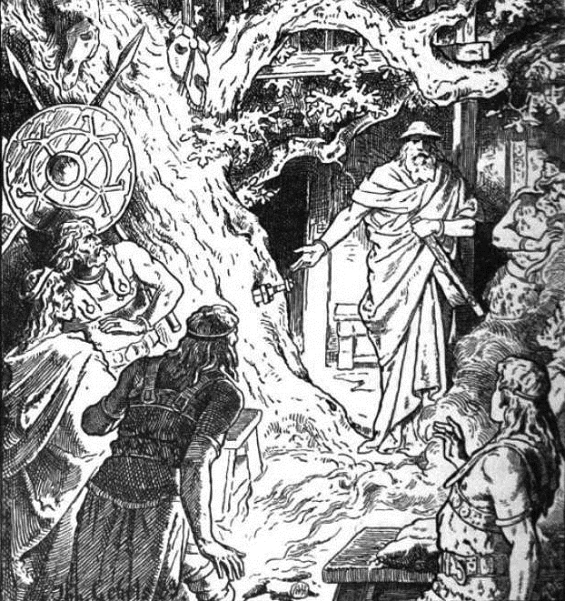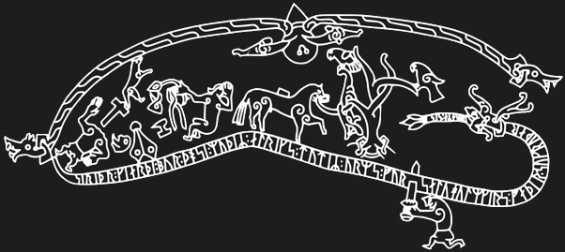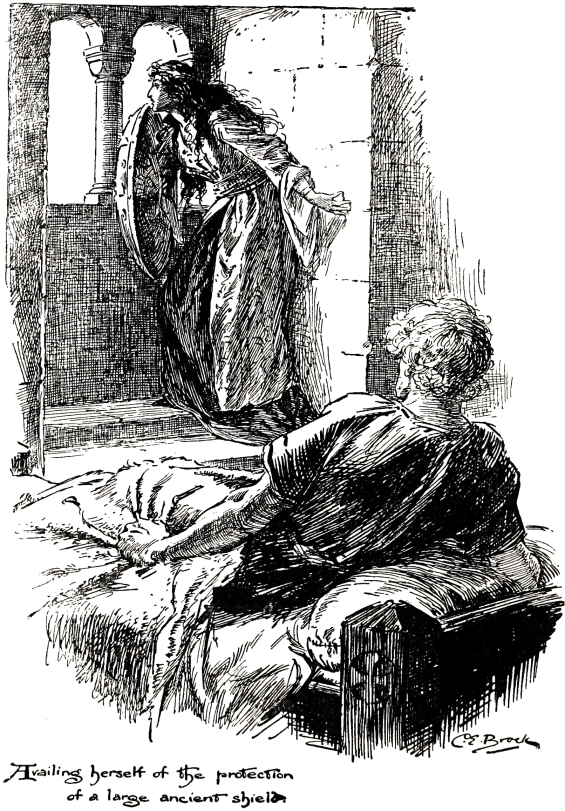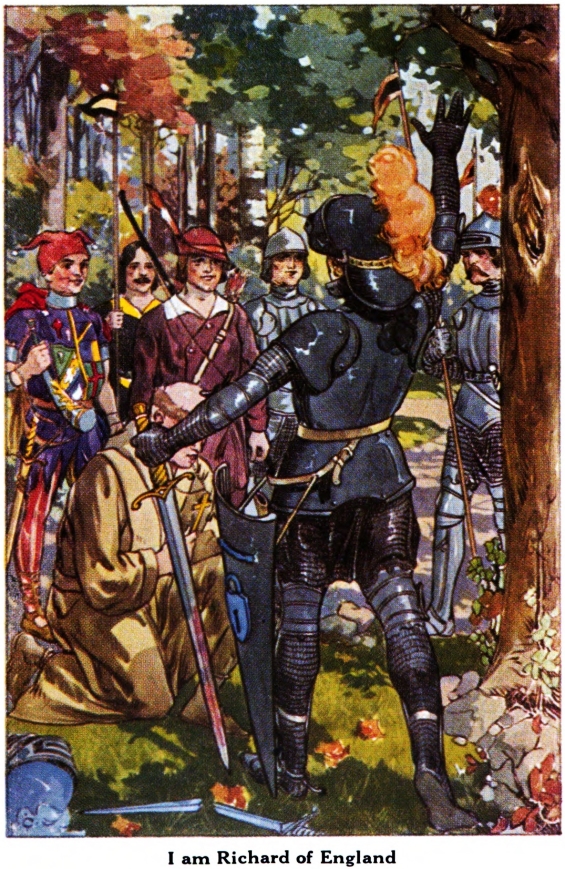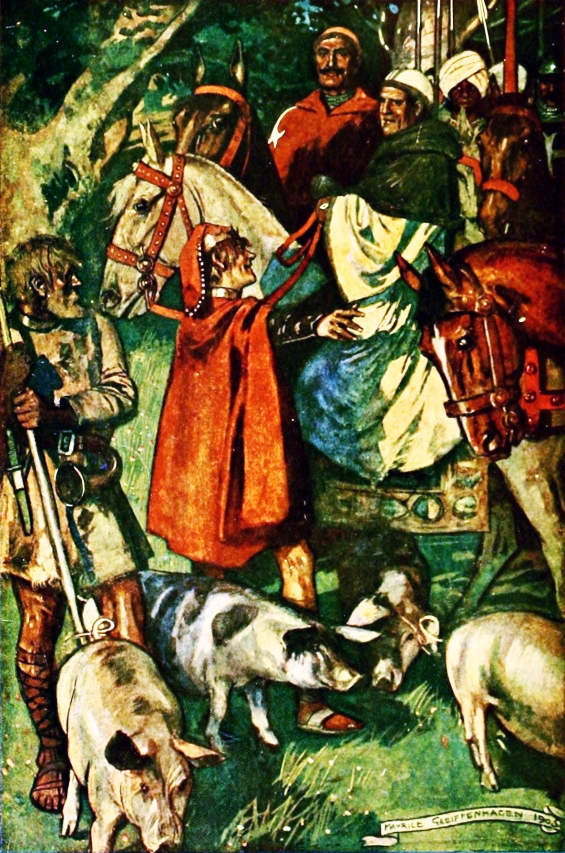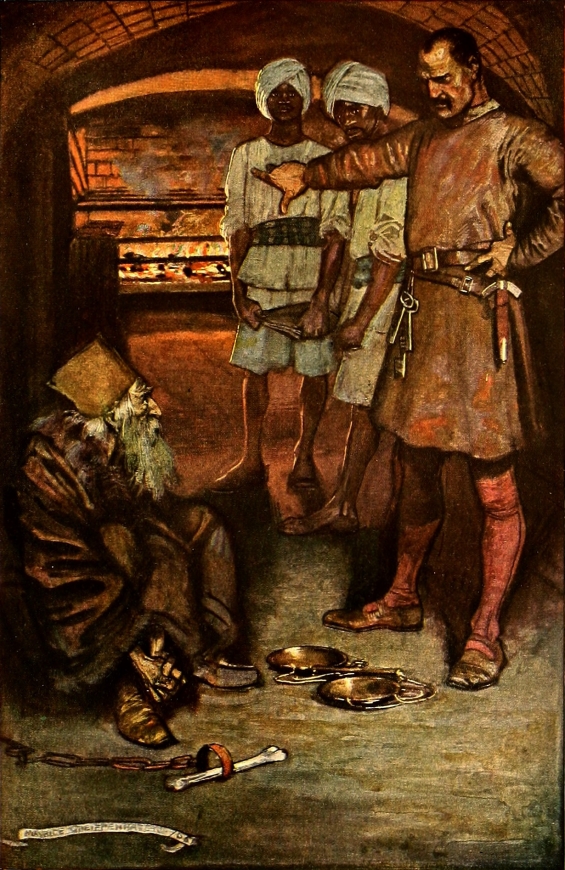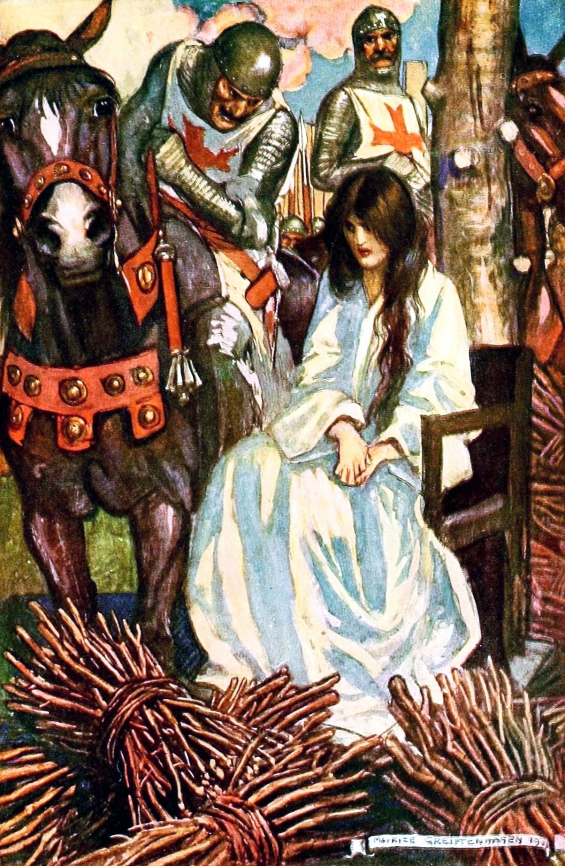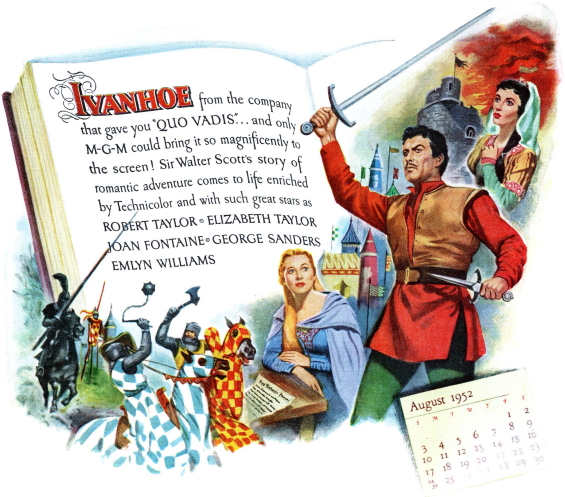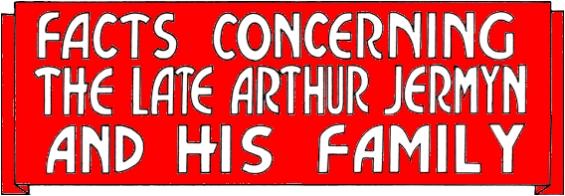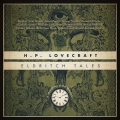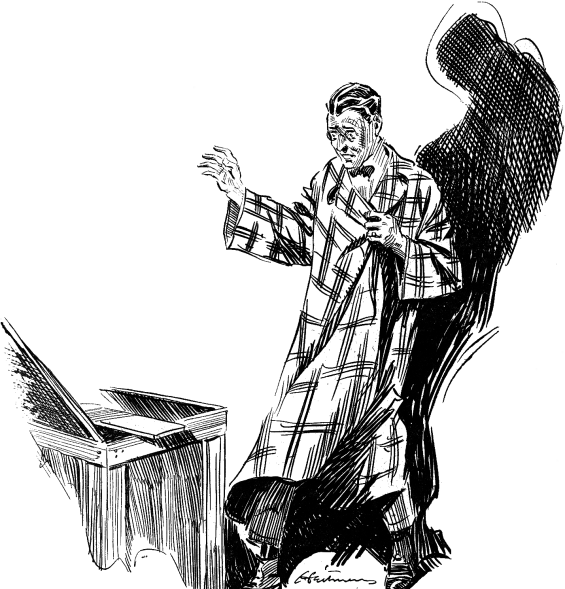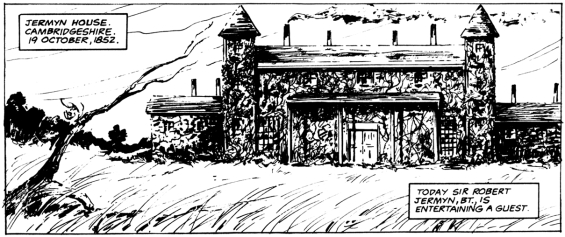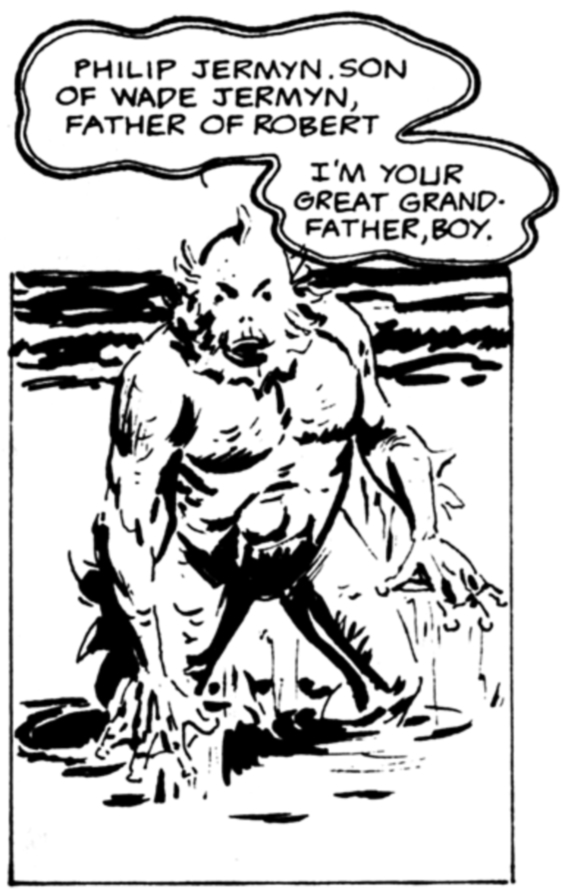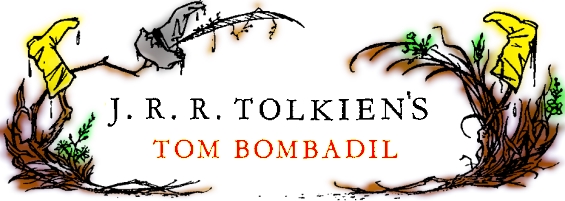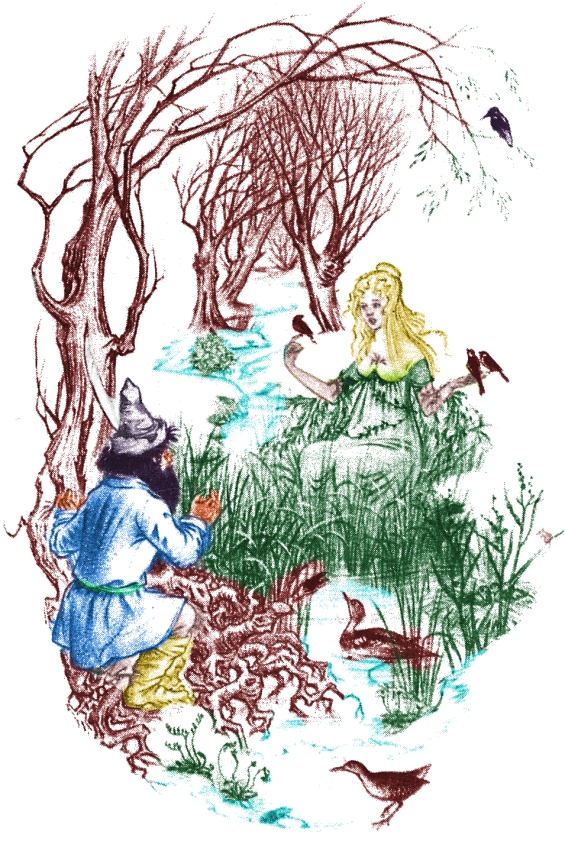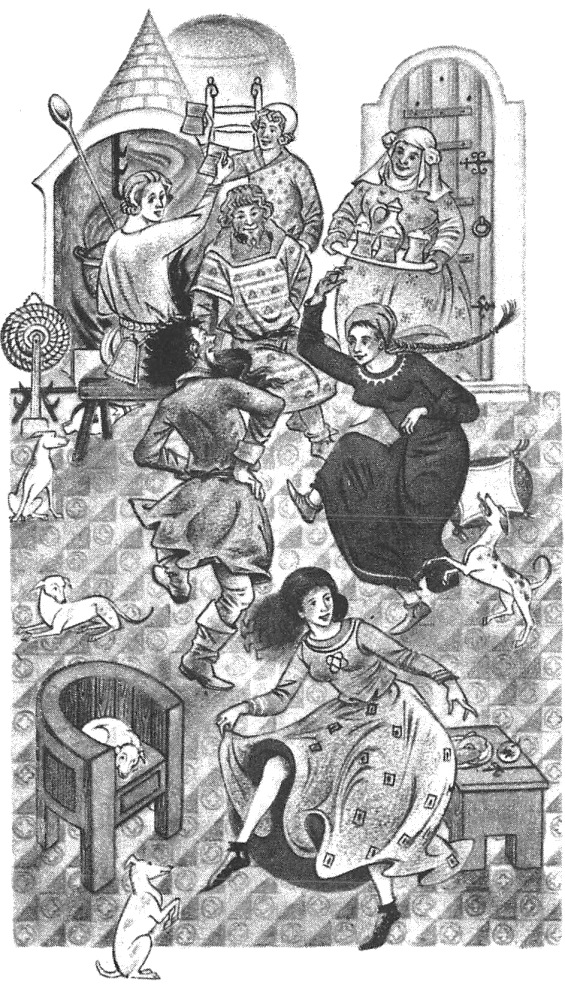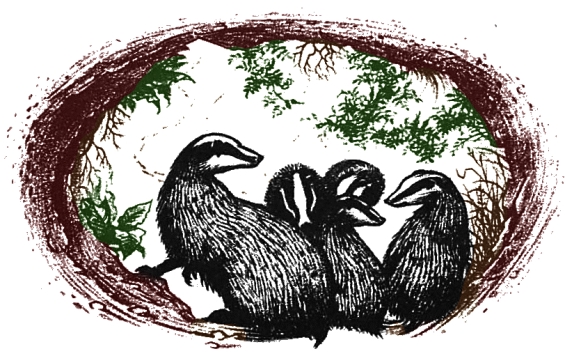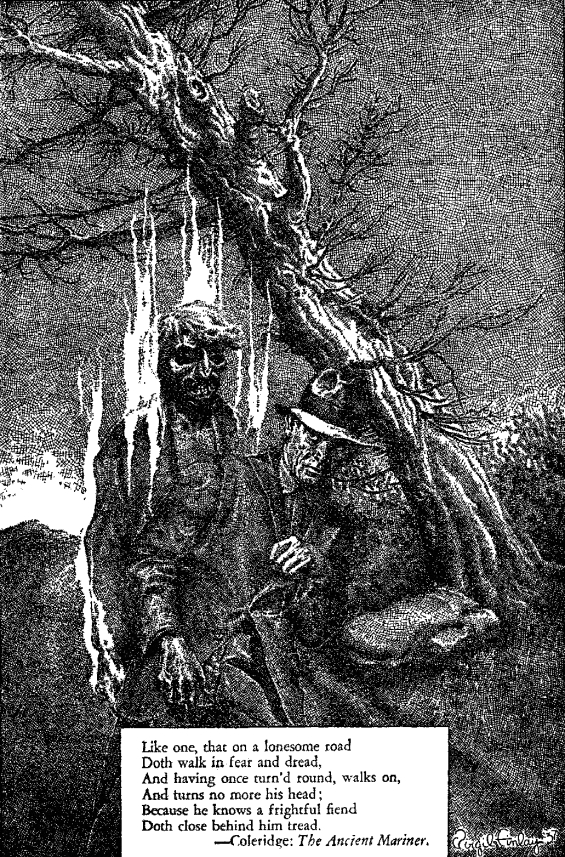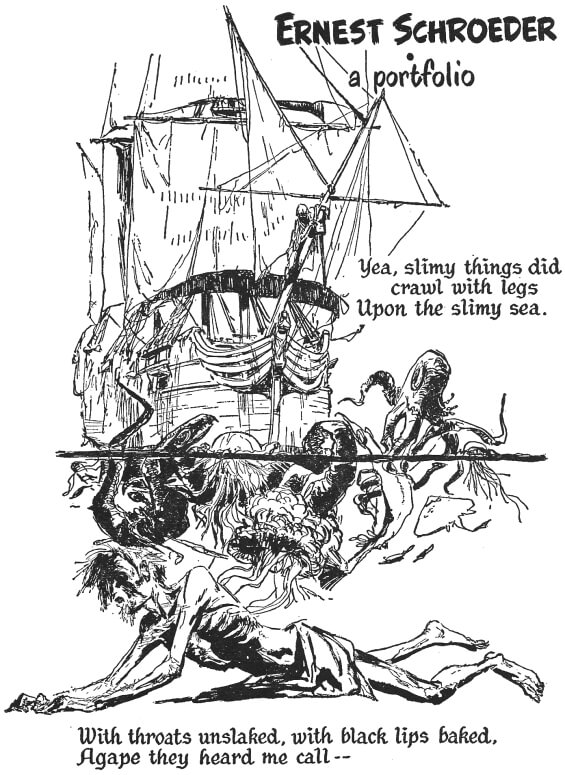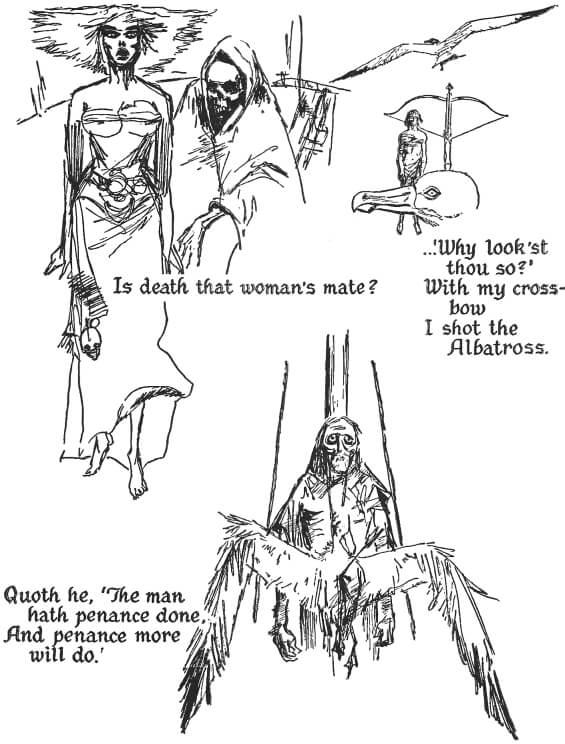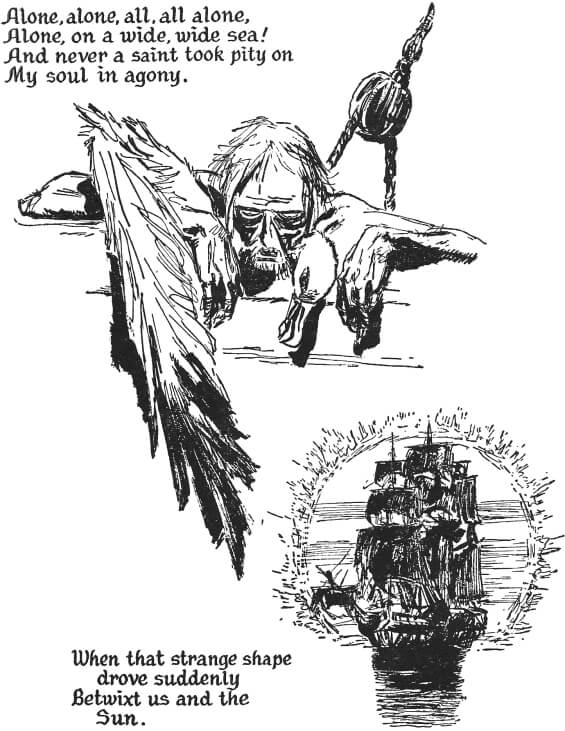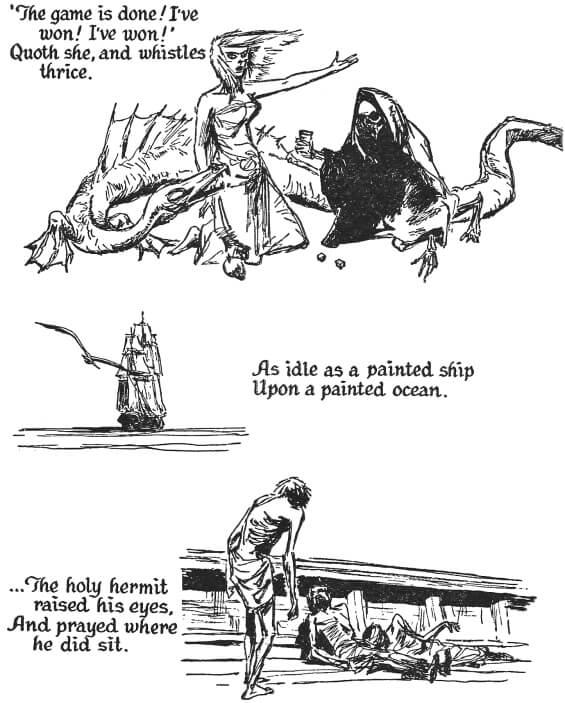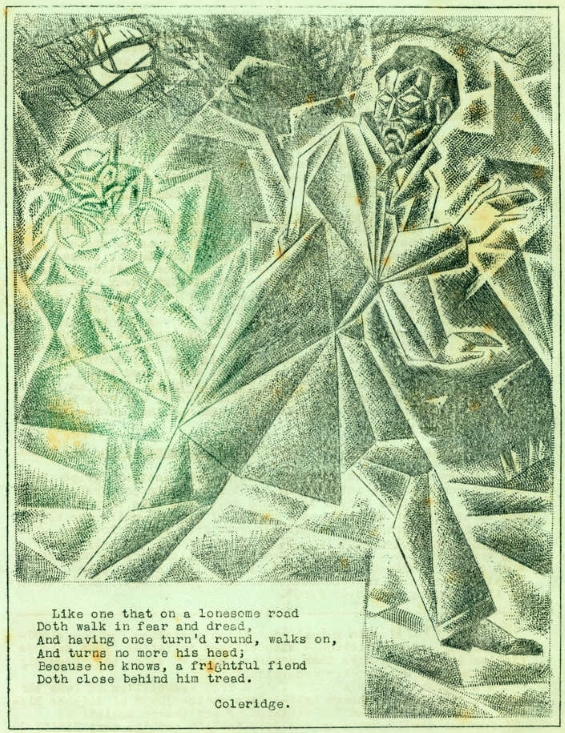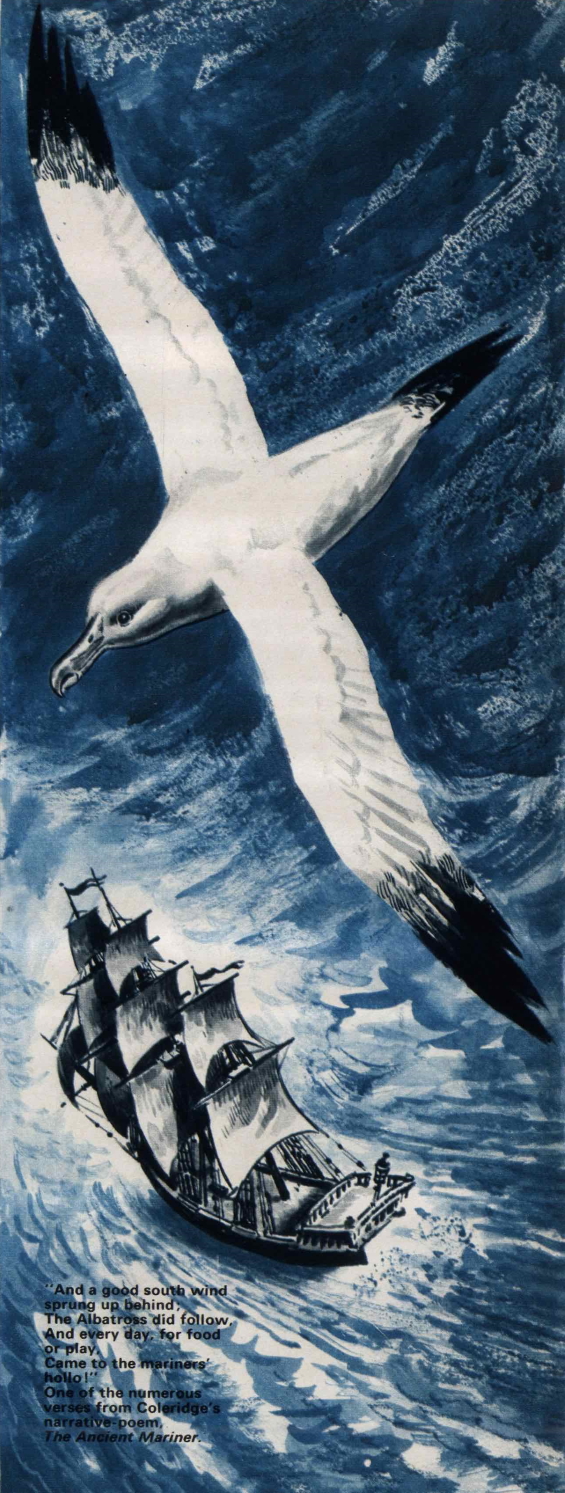

 The SFFaudio Podcast #290 – The Legend Of Sleepy Hollow by Washington Irving; read by Chip (for LibriVox). This is an unabridged reading of the novelette (1 hour 23 minutes) followed by a discussion of it. Participants in the discussion include Jesse, Mr Jim Moon, and John Feaster.
The SFFaudio Podcast #290 – The Legend Of Sleepy Hollow by Washington Irving; read by Chip (for LibriVox). This is an unabridged reading of the novelette (1 hour 23 minutes) followed by a discussion of it. Participants in the discussion include Jesse, Mr Jim Moon, and John Feaster.
Talked about on today’s show:
1820 (1819), the idea behind the story, Celtic folklore, Sir Gawain And The Green Knight, the Wild Hunt, Geoffrey Crayon, Popular Tales Of The Germans, Volksmärchen der Deutschenby Karl Musäus, racing to a bridged, a shattered gourd, Sir Walter Scott, “the wizard of the north”, Tam O’ Shanter by Robert Burns, headless ghosts, Anne Boleyn, headless horses!, jack-o’-lantern, is this a Halloween story or a Thanksgiving story?, 1834, the word “coconut” (head and soul), the South Pacific, breadfruit, The Red One by Jack London, the shattered pumpkin becomes carved into a Jack-O-Lantern, Brom Bones, meta-textual inference, Washington Irving is buried in Sleepy Hollow, NY, a Hessian artilleryman, a sleepy forgotten area, Rip Van Winkle, the Dutch of New York are like the Irish of the British empire, a Connecticut Yankee teacher, sleep, bustling New York City, Tarrytown, Nathaniel Hawthorne, Irving’s loving description of the landscape is like Lovecraft’s loving description of architecture, the jokey Washington Irving, Guests From Gibbet Island by Washington Irving, pirates, Pluto, “nod, wink, and giggle”, a comedy with a great sense of mood, the many birds, Crane, pudding in their bellies, the Van Tassel larder, a low yield version of 20,000 Leagues Under The Sea by Jules Verne, an excellent ragù, an exquisitely painted portrait, Jeff Goldblum playing Ichabod Crane, the dilating abilities of an anaconda, the full orchards, the rooster with his wives, The House Of The Seven Gables, “the world’s first Scooby Doo ending”, Brom Bones is a colossal prick, anti-intellectual, having read several books all the way through, Cotton Mather, the labour of headwork, headlessness, a practical joke, the post-script, the moral (if it has one or if it needs one), The Cask Of Amontillado by Edgar Allan Poe, a deathbed confession, family portraits or a mirror, “in pace requiescat”, alternate endings, the 1999 movie adaptation with Johnny Depp, “Rip van Kolchak”, beheading an embryo, the imagery, Christopher Lee, Marvel Comics adaptations, Ghost Rider, a goblin, J.R.R. Tolkien, distinguishing between goblins and orcs, interchangeable terms, Scrooge, FOLKLORE ON FRIDAY – Headless Horsemen, a whip made of a human spine, the Comics Code Authority, Morbius: The LIVING Vampire, the gaffers at von Tassel’s quilting frolic, an old brower, the Wild Hunt (again), rivers marking town boundaries, “liminal areas”, “a marvelously gruesome book”, Vampires, Burial, and Death: Folklore and Reality by Paul Barber, vampires can’t cross running water, a Dukes of Hazzard crossover, the Disney/Bing Crosby cartoon, The Wind in the Willows, The Partially Examined Life (talking the American philosophers), walking while reading a book vs. walking while reading a phone, van Ripper, Gunpowder (the horse), anti-intellectual vs. hyper-competence, Sleepy Hollow as a vision of America (as opposed to Europe), William James, Henry James, young and different, Henry David Thoreau, Walden, the American Revolutionary War, NYC vs. NY State, Irving regretting the American revolution, Lovecraft’s nostalgia, a very American story, “the world’s turned upside down!”, Ivanhoe, enbosomed in the mountains, a debunking, Frank L. Baum’s new creations for an American fantasy, Kansas, the tin woodsman’s chopping, a cyborg version of the Ship of Theseus, written for little children, the heart is more important than the brains, Brom Bones as the hero, Ichabod mucks-in, haunted tulip tree, Major Andre, an unselfconscious hero, corporal punishment, Wackford Squeers from Nicholas Nickleby by Charles Dickens, a wise-schoolmaster, spare the rod and spoil the child, “six of the best when they were ten”, dancing around the issue, squishing, Starship Troopers by Robert A. Heinlein, “if this were the middle ages and he were a viking…”, Sons Of Anarchy vs. Vikings, bearded vengeance, ichthyology, von Ripper, von Brunt, von Tassel, von Brunt Colonel Ichabod Crane, The Castle Of Indolence by James Thomson, Gothic credentials, autumn, the sleepy hollow boys, Twin Peaks and the Bookhouse boys, the good old boys, more references to NASCAR, Brom Bones as an archetype, the Sleepy Hollow TV show, we can’t CGI our way out of bad writing, “Alan Moore-esque”, “nice, self-contained, and pretty much done”, Katrina as a master manipulator, singing lessons, it’s been haunted forever (maybe 30 years), belief in hauntings vs. belief in ghosts, a haunted green shag carpet, the stain, something was dragging itself on the ground, “The Stone Tape” hypothesis, “creeped by some creepy creepness”, a bad place, Salem’s Lot by Stephen King, poltergeist activity, Brom Bonesey, the 1790 setting, a haunted beach?, Center Lake, a hat sodden with blood, a headless borrower, a local Jimmy Hoffa, folklore becomes enmeshed, why does she settle for Brom Bones?, “a man of great parts”, Shakespeare: “Ale promoteth the desire but taketh away all performance”, Diogenes: “If only I could alleviate my hunger by rubbing my belly”






Posted by Jesse Willis
